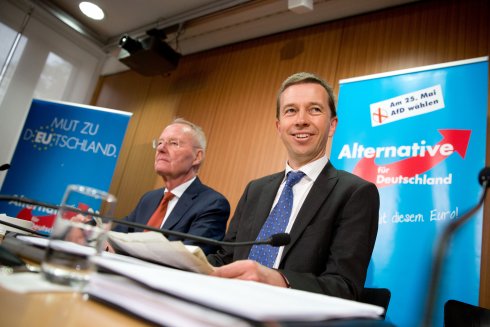Understanding AFD Germany and Its Political Influence

The Importance of AFD Germany
The Alternative for Germany (AFD) party has emerged as a significant force in German politics since its establishment in 2013. Positioned to the right of the political spectrum, the AFD has stirred discussions around immigration, national identity, and economic policies. In recent years, its influence has grown, especially in the wake of Germany’s changing demographics and ongoing European challenges.
Recent Developments
In the latest polls from late 2023, AFD’s support has been fluctuating around 20%, making it one of Germany’s most prominent political parties. This surge comes amid rising public discontent over immigration and economic instability, exacerbated by the ongoing energy crisis and inflation exacerbated by geopolitical tensions. AFD’s nationalistic and anti-immigration rhetoric resonates with many voters disillusioned by traditional parties, leading to their increasing popularity in several state parliaments and, more recently, at the federal level.
The party’s recent successes can largely be attributed to their focus on local issues, such as public security and job creation, while also tapping into broader sentiments about European integration and economic challenges. The AFD has questioned the European Union’s policies and called for a reassessment of Germany’s financial contributions to the bloc.
The Impact of AFD on German Society
The rise of AFD has sparked a polarising debate within Germany regarding freedom of speech and political extremism. Their ascendancy has prompted counter-movements advocating for multiculturalism and integration, leading to increased tensions during protests and rallies across the nation. This has raised concerns among civil rights groups about the implications for social cohesion and Germany’s historically progressive image.
Moreover, AFD’s growing presence in local and federal assemblies poses challenges for coalition-building, often forcing more centrist parties to confront the far-right’s agenda directly. This shift can either harden the political landscape further or potentially lead to new alliances as traditional parties strive to regain voter trust.
Conclusion
The AFD represents a complex and evolving element of contemporary German politics. As it continues to grapple with issues of nationalism, immigration, and economic stability, the party’s trajectory will significantly influence Germany’s social and political fabric. Voter sentiments revealed in upcoming elections will likely provide further insight into whether AFD’s current influence will endure or diminish in the face of broader societal trends. For readers, staying informed about these developments is crucial as they may have lasting implications for Germany and, by extension, the European Union.









